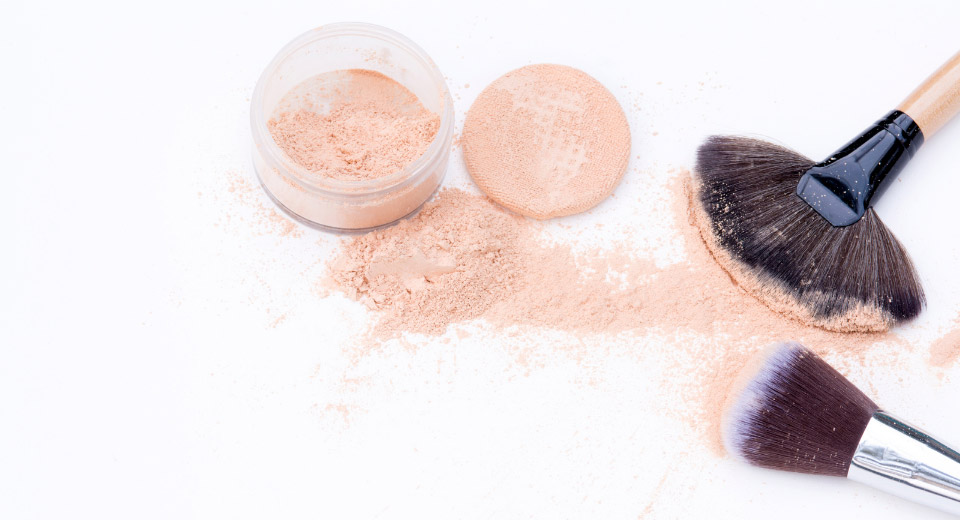


Have you heard of talc? Talc (hydrous magnesium silicate) is a natural occurring mineral mostly used in foods, drugs and cosmetics. What makes talc great in cosmetics and personal care products such as baby powder is its absorbent and anti-caking effects. What’s dangerous about talc is it can be contaminated with asbestos fibers, which poses a risk for respiratory toxicity and cancer. The natural state of talc is a hard thick rock, but when it’s chopped and crushed, it forms a powder, which is why it’s commonly found in cosmetic shadows, blushes and other personal products. I’m sure many of you have heard and used baby and body powder. What’s the main ingredient in baby and body powder you ask? That’s right, talc (sometimes referred to as talcum powder). Recently, talc-based baby and body powder have been linked to an increase of ovarian and reproductive cancers which is why you need to avoid it.
Nowadays, people are growing more conscious about what they put in and on their bodies. Since your skin is your largest organ, it’s important to be more aware of what you put on it. Scientists have shown when talc-cosmetics such as blush, bronzer and shadows are applied on the skin; it can be absorbed into the bloodstream and disrupt internal organs. Since cosmetic-grade talc is non-regulated by the federal government, it’s uncertain how much talc is in one product versus another. Most cosmetics have talc listed as their first ingredient – if you don’t believe me, look for it!
Your best bet is to stay away from talc and try other alternatives, such as natural/mineral powders (despite the irony that talc is a mineral), cornstarch, or rice powder for oil absorption. Some companies are starting to showcase their ‘talc-free’ make up lines such as: Physicians Formula, Burt’s Bees, Smashbox and The Honest Company (just to name a few). There are even apps you can download such as SkinDeep, where you can scan barcodes and it will tell you if the product contains high-risk chemical ingredients. Do yourself a favor and become a label detective – this goes with food too! Understanding toxic and harmful ingredients and decoding what they really are will allow you to be consumer savvy and save yourself from future damage. A couple of other harmful ingredients to be on the lookout are: parabens, formaldehyde, nitrosamine and propylene glycol. Most people have been shopping with their eyes closed – until now. Let’s turn the light on and spread the word about these dangerous ingredients. Beauty and health go hand in hand. When you balance beauty and health, mixed with chemical-free products and foods, it means an overall healthier you!
The information provided is for general interest only and should not be misconstrued as a diagnosis, prognosis or treatment recommendation. This information does not in any way constitute the practice of medicine, or any other health care profession. Readers are directed to consult their health care provider regarding their specific health situation. Marque Medical is not liable for any action taken by a reader based upon this information.

Subscribe to our newsletter!
Stay up to date with our latest news, updates and special offers.
Contact Us
About
Info
Covid -19
Copyright © 2022 Marque Medical. All rights reserved.